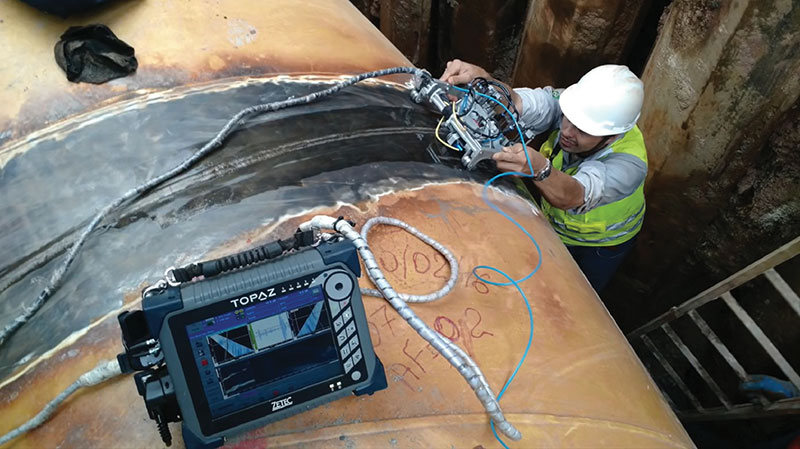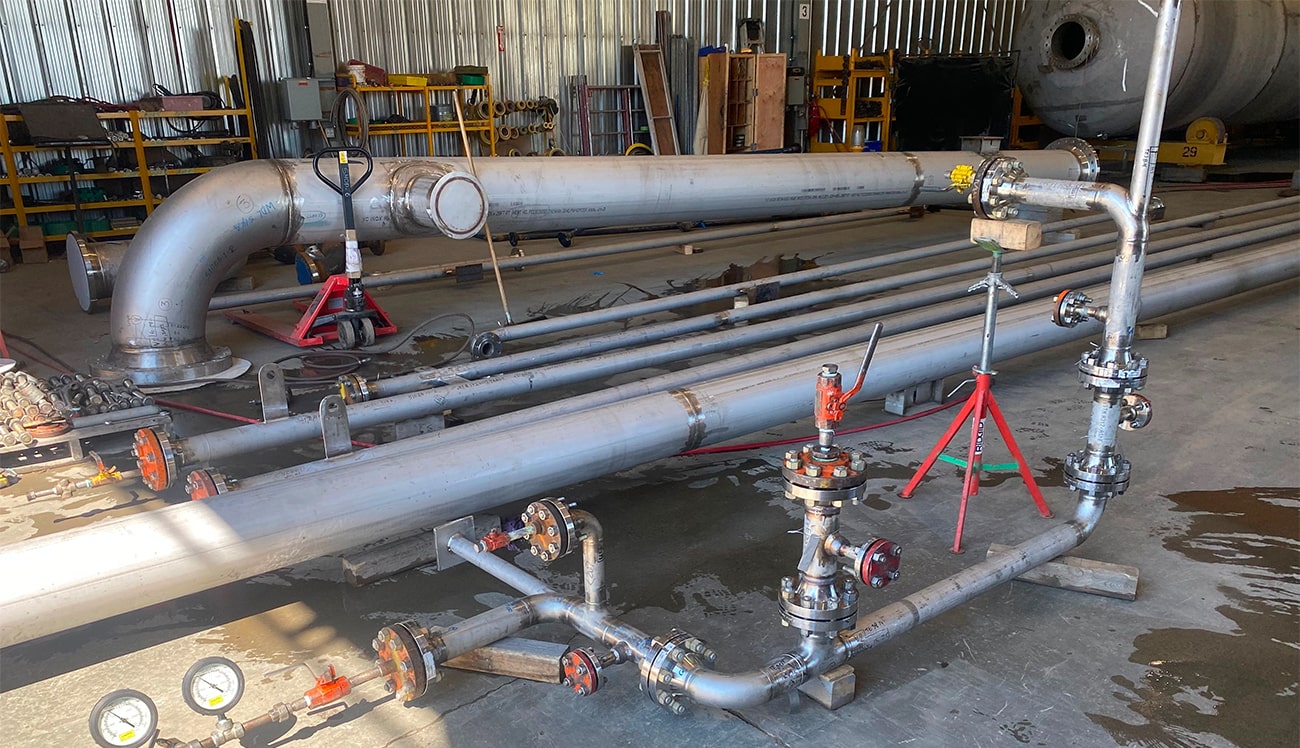Comprehensive Overview of Pipe Welding Evaluation Treatments
Pipe welding assessment treatments play an important duty in assuring that welded links satisfy rigorous market standards and specifications. From thorough pre-welding examinations to detailed post-weld assessments, a distinct assessment procedure is vital for preserving the structural sturdiness of pipelines.
Pre-welding Assessment Preparations
Prior to commencing the welding procedure, comprehensive pre-welding assessment preparations are necessary to make certain the stability and top quality of the weld joint. These preparations include a thorough evaluation of the products to be welded, the welding tools, and the work atmosphere. By carrying out thorough pre-welding inspection prep work, possible concerns can be identified and resolved early on, leading to trustworthy and top quality weld joints.
Welding Treatment Certification
Comprehensive pre-welding assessment preparations lay the structure for the crucial process of Welding Treatment Qualification, making certain the stability and top quality of the weld joint. Welding Procedure Qualification (WPQ) is a vital action in the welding process that includes testing and accrediting welding treatments to ensure they fulfill certain standards and demands. The WPQ process typically includes welding treatment requirements development, welding procedure credentials screening, and documents of the outcomes.
Throughout welding procedure specification growth, vital details such as the welding procedure, welding materials, joint design, and welding criteria are specified to develop a comprehensive treatment. Subsequently, welding treatment qualification screening is conducted to verify the suggested procedure's stability. This screening usually entails welding test coupons that go through different mechanical and non-destructive tests to analyze the weld's high quality and adherence to the specified requirements.
In-process Weld Evaluation
Throughout the welding procedure, in-process weld evaluation plays an essential function in guaranteeing the top quality and integrity of the weld joint - Pipeline Welding Inspection. This sort of inspection includes monitoring the welding criteria, analyzing the weld bead development, and finding any possible defects or interruptions as they happen. By carrying out in-process weld evaluations, welding drivers can quickly address any type of problems that may arise, therefore protecting against additional flaws and making sure that the last weld fulfills the called for requirements
Typical techniques used for in-process weld evaluation include visual assessment, fluid penetrant testing, magnetic bit testing, ultrasonic testing, and radiographic testing. Aesthetic inspection is often the initial step at the same time, allowing examiners to visually examine the weld for surface irregularities such as fractures, porosity, or incomplete combination. Advanced approaches like ultrasonic screening and radiographic testing provide in-depth insights right into the internal framework of the dig this weld, guaranteeing that there are no surprise flaws that could jeopardize the weld joint's strength and stability. Overall, in-process weld assessment is vital for keeping the high quality and reliability of welded pipes.
Non-destructive Testing (NDT)
Non-destructive Screening (NDT) is an essential method utilized in pipe welding evaluation to assess the honesty of weld joints without creating damages to the bonded structure. By making use of various NDT strategies, inspectors can examine the top quality of welds and identify any flaws or gaps that might compromise the architectural sturdiness of the pipe. Usual NDT approaches utilized in pipeline welding evaluation consist of Radiographic Testing (RT), Ultrasonic Screening (UT), Magnetic Bit Evaluating (MPT), Fluid Penetrant Screening (LPT), and Visual Testing (VT)
RT entails the use of X-rays or gamma rays to generate photos of the internal framework of the weld, enabling examiners to spot problems such as porosity, cracks, or incomplete combination. Furthermore, VT involves aesthetic inspection of welds to identify any noticeable flaws.
Post-weld Inspection and Paperwork


Documents of post-weld inspection findings is essential for keeping quality assurance records and ensuring conformity with sector standards and guidelines. In-depth reports must include info about the inspection methods used, the area and nature of any flaws discovered, and any type of restorative activities taken - Pipeline Welding Inspection. Appropriate paperwork not only offers as a document of the weld's top quality but additionally help in future upkeep and inspection procedures
Conclusion

To conclude, pipe welding evaluation treatments play an essential role in guaranteeing the top quality and integrity of a fantastic read welds. From pre-welding assessments to post-weld paperwork, each action is essential in preserving the safety and efficiency of pipelines. By adhering to established treatments and conducting extensive inspections, possible issues can be recognized and resolved before they bring about pricey fixings or failures. On the whole, adherence to appropriate assessment methods is key to the success of pipeline welding tasks.
From thorough pre-welding evaluations to thorough post-weld analyses, a distinct assessment process is crucial for maintaining the learn the facts here now architectural strength of pipes. By performing in-process weld assessments, welding operators can promptly resolve any kind of concerns that might develop, consequently avoiding more problems and making certain that the final weld satisfies the needed specifications.
Common approaches used for in-process weld inspection include aesthetic assessment, liquid penetrant testing, magnetic bit screening, ultrasonic testing, and radiographic testing.Non-destructive Testing (NDT) is a crucial approach employed in pipeline welding examination to evaluate the honesty of weld joints without causing damages to the welded framework. Post-weld assessment includes different techniques to analyze the welds for issues, consisting of aesthetic inspection, color penetrant testing, magnetic particle screening, ultrasonic screening, and radiographic screening.